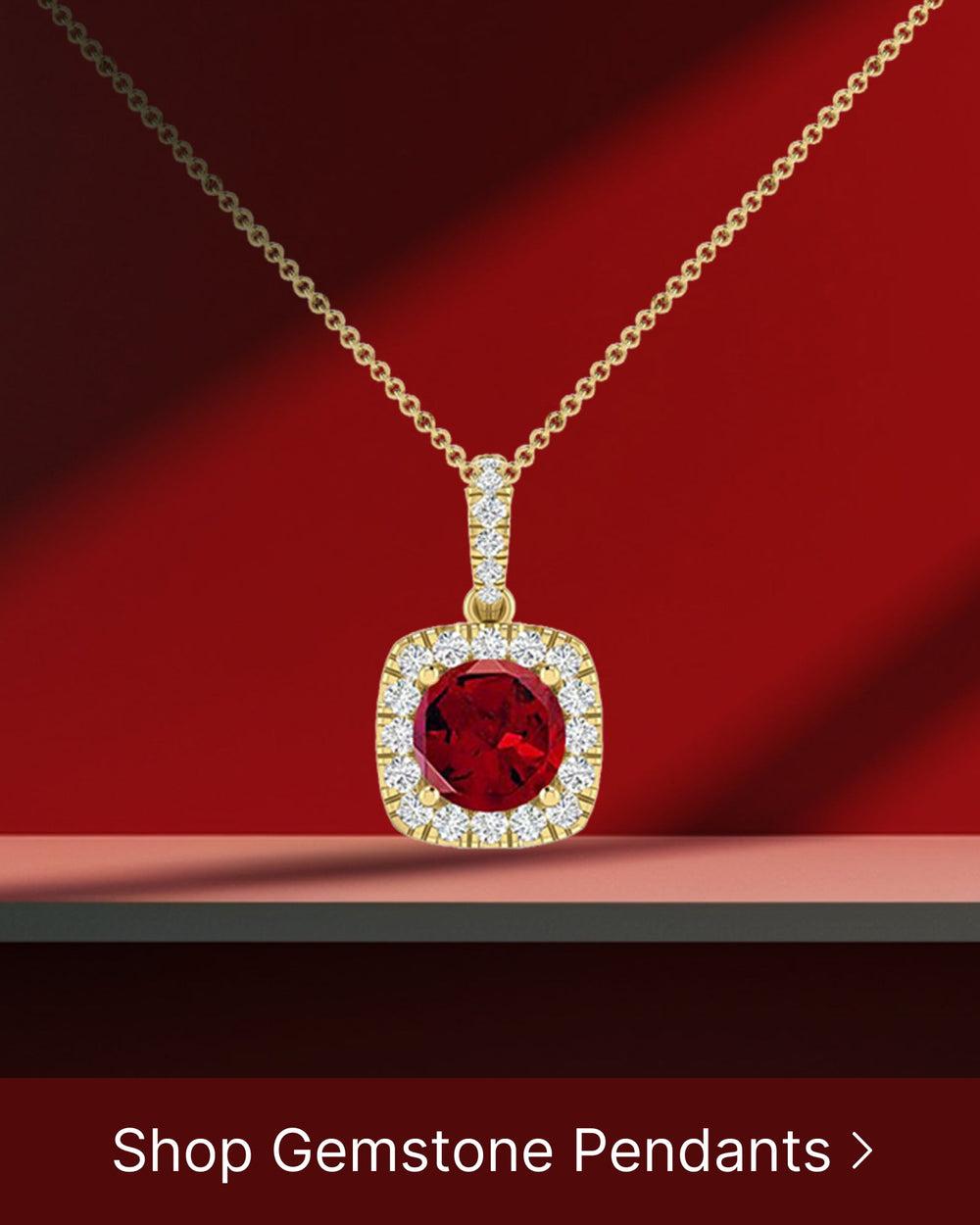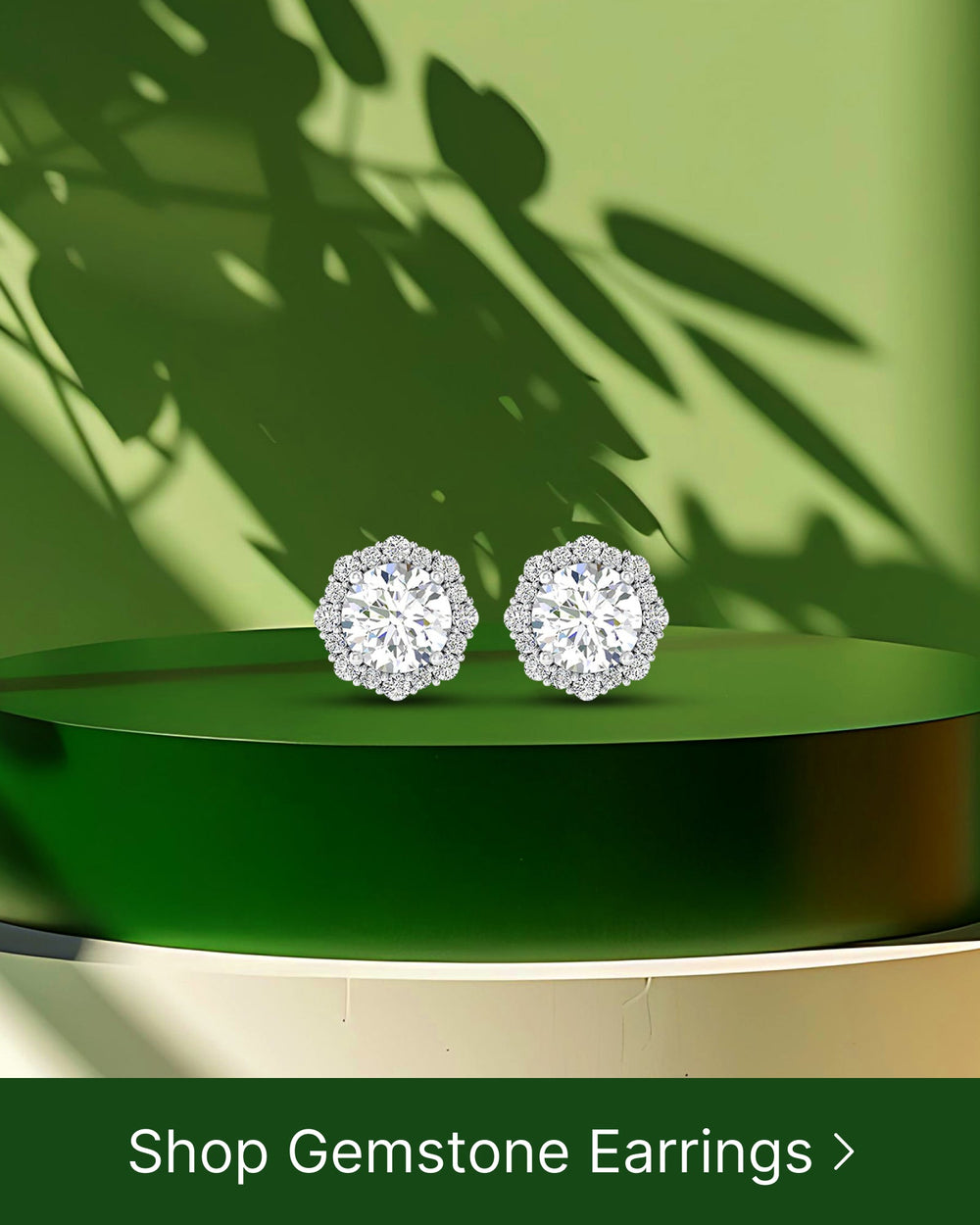Rose quartz is a beautiful and highly sought-after gemstone known for its delicate pink hue. However, with the rise in popularity of this gemstone, there has been an increase in the market for fake or misrepresented rose quartz. To ensure that you are getting the real deal, it is crucial to know how to identify genuine rose quartz. In this article, we will explore the basics of rose quartz, the importance of authenticity in gemstones, key indicators of genuine rose quartz, common methods for testing its authenticity, and the professional verification of rose quartz. By the end of this article, you will be equipped with the knowledge to confidently determine if your rose quartz is real or fake.
Understanding the Basics of Rose Quartz
Before delving into the specifics of authentic rose quartz, it is essential to have a basic understanding of this gemstone. Rose quartz is a variety of quartz that gets its pink color from traces of titanium, iron, or manganese. It is commonly found in Brazil, Madagascar, South Africa, and the United States.
When it comes to composition, rose quartz is primarily made up of silicon and oxygen atoms arranged in a crystal lattice structure. This arrangement gives rose quartz its unique properties and characteristics.
The Origin and Composition of Rose Quartz
Rose quartz is mainly found in granite and pegmatite rocks. It forms when magma cools and solidifies, and over time, pressure and heat cause quartz to form within the rock. As these rocks erode, rose quartz is released and can be found in riverbeds and alluvial deposits.
Interestingly, the formation of rose quartz is a result of geological processes that take millions of years. The slow cooling of magma allows the quartz crystals to grow and develop their distinct pink color. This natural phenomenon is a testament to the intricate and fascinating processes that shape the Earth's crust.
As mentioned earlier, rose quartz is composed primarily of silicon and oxygen atoms. These atoms arrange themselves to create a hexagonal crystal structure. This structure not only contributes to the gemstone's beauty but also influences its physical properties.
The Unique Characteristics of Rose Quartz
One of the distinguishing features of rose quartz is its pale pink to rosy red color. The intensity of the pink hue may vary, ranging from very pale to deep pink. This variation adds to the allure of rose quartz, as each stone possesses its own unique shade.
Another characteristic of genuine rose quartz is its transparency. Although some opaque varieties exist, most authentic rose quartz stones are translucent, allowing light to pass through. This property gives rose quartz a soft and gentle appearance, reminiscent of the delicate blush of a blooming rose.
Furthermore, rose quartz has a glassy luster and a smooth, polished surface. Its exquisite shine enhances its aesthetic appeal and makes it a popular choice for jewelry and decorative items. Additionally, rose quartz has a hardness of 7 on the Mohs scale, which means it is relatively durable and resistant to scratches.
It is worth noting that rose quartz is not only valued for its physical properties but also for its metaphysical and healing properties. Many believe that rose quartz promotes love, compassion, and emotional healing, making it a sought-after gemstone for those seeking spiritual well-being.
In conclusion, rose quartz is a captivating gemstone that captivates with its delicate pink color, unique crystal structure, and fascinating formation process. Whether admired for its aesthetic beauty or cherished for its metaphysical properties, rose quartz continues to enchant and inspire individuals around the world.
The Importance of Authenticity in Gemstones
When it comes to gemstones, authenticity is paramount. Genuine gemstones, such as rose quartz, hold significant value both monetarily and sentimentally. Therefore, it is essential to ensure that the gemstones you own or purchase are authentic.
Authentic gemstones have a rich history and are often associated with various cultural and spiritual beliefs. For centuries, rose quartz has been revered as a stone of love and compassion. Its delicate pink color and soothing energy make it a popular choice for jewelry and healing practices.
The Value of Real Rose Quartz
Real rose quartz can be quite valuable, especially if it has exceptional color and clarity. High-quality rose quartz with an intense pink hue can fetch a significant price in the market. The demand for genuine rose quartz has increased over the years, as people recognize its beauty and the positive energy it brings.
Moreover, rose quartz's association with love and healing properties also adds to its value. Many believe that wearing or carrying rose quartz can attract love, enhance relationships, and promote emotional healing. As a result, authentic rose quartz is highly sought after by collectors, jewelry enthusiasts, and individuals seeking its metaphysical benefits.
The Risks of Fake Rose Quartz
Unfortunately, the popularity of rose quartz has led to an influx of fake or misrepresented stones in the market. Fake rose quartz can either be synthetic imitations or low-quality quartz stones dyed to resemble rose quartz.
Investing in fake rose quartz can be disappointing, both financially and emotionally. Not only do you risk paying a high price for a stone that lacks the genuine qualities of rose quartz, but you also miss out on the potential benefits it offers. Fake stones may lack the natural energy and vibrations that authentic rose quartz possesses.
It is crucial to be aware of the risks and educate yourself on how to distinguish real rose quartz from fake alternatives. One way to ensure authenticity is to buy from reputable gemstone dealers or jewelers who provide certificates of authenticity. These certificates verify the origin and quality of the gemstone, giving you peace of mind in your purchase.
Additionally, familiarize yourself with the characteristics of genuine rose quartz. Real rose quartz typically has a translucent appearance with a soft, delicate pink color. It may also exhibit natural inclusions or imperfections, which are a testament to its authenticity.
Furthermore, seeking guidance from gemstone experts or joining gemstone enthusiast communities can help you gain knowledge and insights into identifying real rose quartz. By becoming well-informed, you can make informed decisions and confidently select authentic gemstones that align with your desires and intentions.
Key Indicators of Genuine Rose Quartz
Authentic rose quartz possesses several key indicators that set it apart from its fake counterparts. By examining these indicators, you can determine whether your rose quartz is real or not.
Color and Clarity Factors
The color of genuine rose quartz is typically a delicate pink to rosy red. Be cautious of deeply saturated pink stones, as they may be dyed or synthetic. Additionally, real rose quartz often exhibits some natural inclusions or tiny imperfections, which are indicative of its natural formation process.
Density and Hardness Tests
An accurate density and hardness test can also help identify real rose quartz. Density is the ratio of mass to volume, and rose quartz has a density of approximately 2.65 grams per cubic centimeter. Additionally, performing a hardness test with a material of known hardness, such as a steel file, can determine if your rose quartz has the expected hardness of 7 on the Mohs scale.
Thermal Conductivity and Electrical Properties
Another method of testing rose quartz's authenticity is by examining its thermal conductivity and electrical properties. Genuine rose quartz has distinct thermal and electrical conductive properties, which can be measured using specialized equipment.
Common Methods for Testing Rose Quartz Authenticity
If you are unable to perform professional tests, there are several simple methods you can try at home to determine the authenticity of your rose quartz. While these methods are not foolproof, they can provide some insight into the legitimacy of your gemstone.
The Scratch Test
The scratch test involves using a harder material, such as quartz or a steel file, to try to scratch the surface of your rose quartz. If your rose quartz remains unscathed, it is a good indication that it is genuine. However, exercise caution when performing this test, as it may damage lower-quality stones.
The Light Test
The light test entails holding your rose quartz up to a bright light source, such as a lamp or flashlight, and observing how light passes through the stone. Genuine rose quartz should exhibit some degree of translucency, allowing light to pass through. If your stone is opaque or blocks the light, it may be an imposter.
The Magnification Test
Using a magnifying glass or jeweler's loupe, examine your rose quartz for natural inclusions and imperfections. Genuine rose quartz often contains tiny internal fractures or mineral inclusions that are difficult to replicate in synthetic or fake stones.
Professional Verification of Rose Quartz
If you want complete assurance regarding the authenticity of your rose quartz, seeking professional verification is the best course of action. Gemologists are trained experts in identifying and grading gemstones.
Seeking Help from Gemologists
A gemologist can examine your rose quartz using specialized tools and techniques to determine its authenticity. By assessing various factors such as color, clarity, and internal structure, a gemologist can provide a conclusive verdict.
Certifications and Appraisals for Rose Quartz
If you are looking to purchase high-value rose quartz, consider obtaining certifications and appraisals from reputable gemological institutions. These certifications provide documentation of the gemstone's authenticity and value, giving you peace of mind in your purchase.
In conclusion, determining the authenticity of your rose quartz is essential to ensure that you are getting a genuine gemstone with all its inherent beauty and properties. By familiarizing yourself with the basics of rose quartz, understanding the importance of authenticity, and recognizing key indicators of genuine rose quartz, you can confidently assess whether your rose quartz is real or not. If unsure, consider utilizing common testing methods or consulting a professional gemologist. By taking these steps, you will be able to enjoy your rose quartz knowing that it is the real deal.





